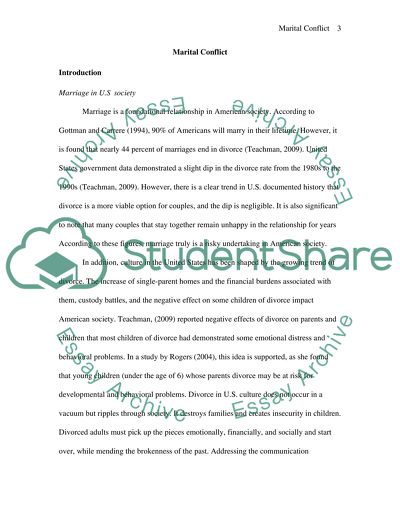Cite this document
(“Marital conflicts Research Paper Example | Topics and Well Written Essays - 1750 words”, n.d.)
Retrieved from https://studentshare.org/family-consumer-science/1420596-marital-conflicts
Retrieved from https://studentshare.org/family-consumer-science/1420596-marital-conflicts
(Marital Conflicts Research Paper Example | Topics and Well Written Essays - 1750 Words)
https://studentshare.org/family-consumer-science/1420596-marital-conflicts.
https://studentshare.org/family-consumer-science/1420596-marital-conflicts.
“Marital Conflicts Research Paper Example | Topics and Well Written Essays - 1750 Words”, n.d. https://studentshare.org/family-consumer-science/1420596-marital-conflicts.


